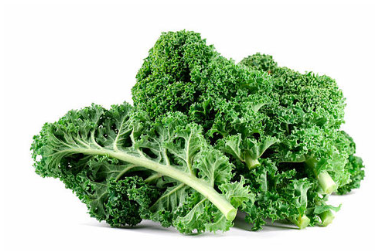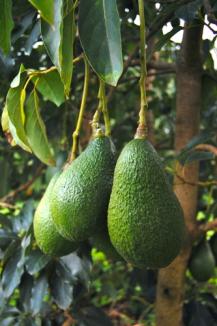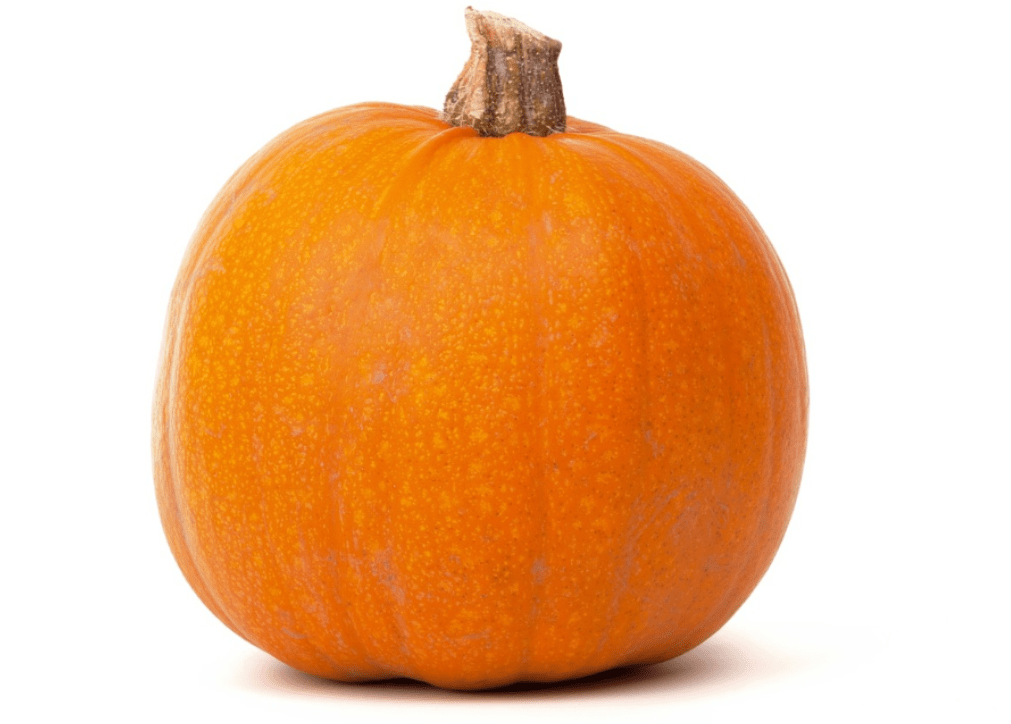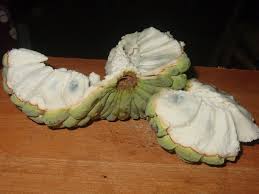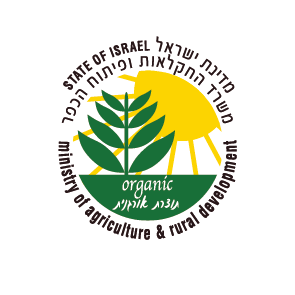I never cease to be amazed by the wild cabbage, a humble leafy plant from the cruciferous family, which grows quietly and peacefully in the rocky areas of Europe, towards the Mediterranean basin.
Several thousand years ago, humans who began to adopt an agricultural lifestyle put their eye on it, and then an amazing thing happened: within a few hundred years, almost no one recognized the wild cabbage anymore, but even today we are all well acquainted with its direct descendants: cabbage, broccoli, cauliflower, Brussels sprouts, Romanesco broccoli, kohlrabi, and our hero of the week – kale.
Despite the fact that kale is probably one of the first varieties developed from wild cabbage, and it is most likely the descendant most similar to its ancient ancestor, and in North European countries, like Germany, it has been used as a staple and common vegetable for centuries; for us Israelis, it is a kind of new immigrant, and this is not a cause for pride.
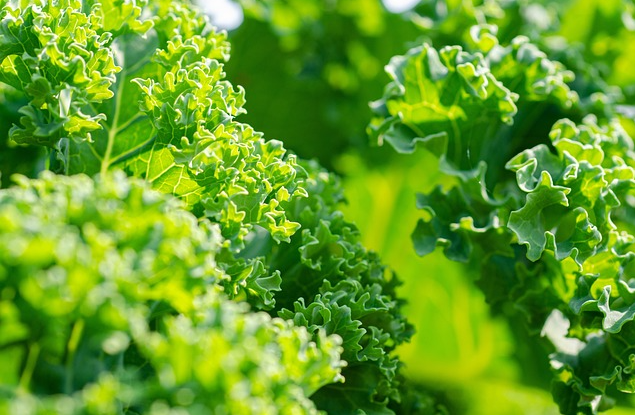
In fact, most Israelis probably first encountered kale in the last millennium, when it was marketed as a decorative cabbage planted in flowerbeds, and various varieties of it, green and purple, smooth and curly, adorned pretty gardens and traffic circles without anyone thinking to eat them.
In light of the current consensus regarding kale, this matter takes on an even more ironic twist, because today it is common to call kale “super cabbage” and “superfood”. So, let's get down to the bottom of this, that is, the added value that kale provides to those who eat it.
It is a vegetable that is an excellent source of vitamins (A, K, and C) and minerals such as iron, zinc, and magnesium; essential compounds such as folic acid and glucosinolates, such as glucoraphanin, which aids digestion and prevents the appearance of stomach ulcers.
In addition, kale contains a lot of prebiotic fiber, which is essential for the activity of “good” bacteria, and some researchers believe that it also has anti-cancer properties – in short, it's a cabbage powerhouse.
So why is it less known in Israel, and even today those who consume it are mainly health enthusiasts?
My answer: a matter of taste. That is, to a large extent, the fact that kale is relatively close to wild cabbage is probably its undoing, in terms of the modern vegetable consumers, who like their vegetables round and sweet.
The dishevelled appearance of kale, which at first glance resembles all sorts of weeds and wild plants found in the field, does not arouse appetite, and its taste is more bitter compared to more popular modern cultivated cabbages.
The fact is, that gourmets appreciate this bitterness and understand that it only adds depth and interest to the dish. In my opinion, the fact that most kale varieties have retained the wild taste (and many nutritional values that come with it), unlike other cruciferous vegetables such as Brussels sprouts or broccoli, is only an advantage.
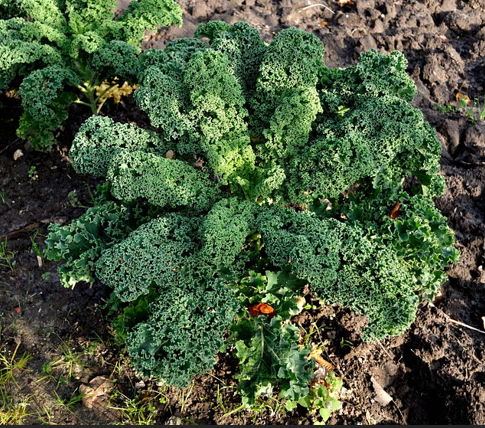
It is important to understand that the sweetness that characterizes modern fruits and vegetables to which we have become accustomed comes at a price.
I am not necessarily talking about the additional sugar (although this is definitely a consideration), but about many compounds and antioxidants that are less present in modern vegetables that have been engineered (I am not talking, heaven forbid, about “genetic engineering”, but about the process of selection and breeding through which varieties are cultivated) to be sweeter, and for this they allocate most of the resources. In this trade-off something will always be lost.
This did not happen with kale, and it's a good thing, because fresh, organic, and wonderful kale in its curly version is waiting for you this week in the box.

